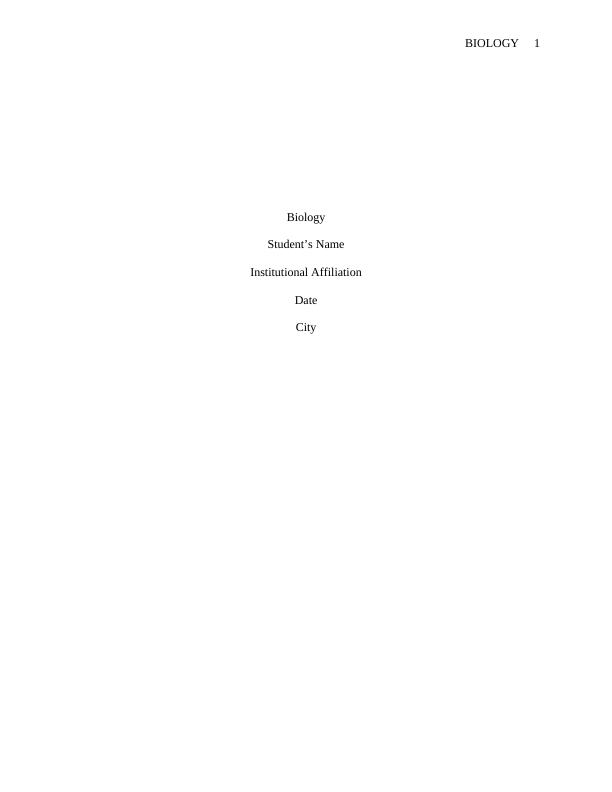Structure of Central Nervous System, Sensory Connector and Motor Neurons, Nerve Impulses, Autonomic Nervous System, Effects of Nicotine
7 Pages1485 Words305 Views
Added on 2023-06-04
About This Document
This Biology study material covers the structure of the Central Nervous System, Sensory Connector and Motor Neurons, Nerve Impulses, Autonomic Nervous System, and Effects of Nicotine. It includes detailed explanations and diagrams to help students understand the concepts better.
Structure of Central Nervous System, Sensory Connector and Motor Neurons, Nerve Impulses, Autonomic Nervous System, Effects of Nicotine
Added on 2023-06-04
ShareRelated Documents
End of preview
Want to access all the pages? Upload your documents or become a member.
Functions of the Nervous System
|12
|2288
|81
STRUCTURE AND FUNCTION OF NERVOUS SYSTEM
|10
|1968
|319
Biological Communication
|6
|1311
|129
Human Nervous System & Endocrine System Assignment PDF
|12
|2375
|238
Communications Systems Assignment
|8
|1927
|477
Human Nervous System and Endocrine System PDF
|11
|2148
|147



